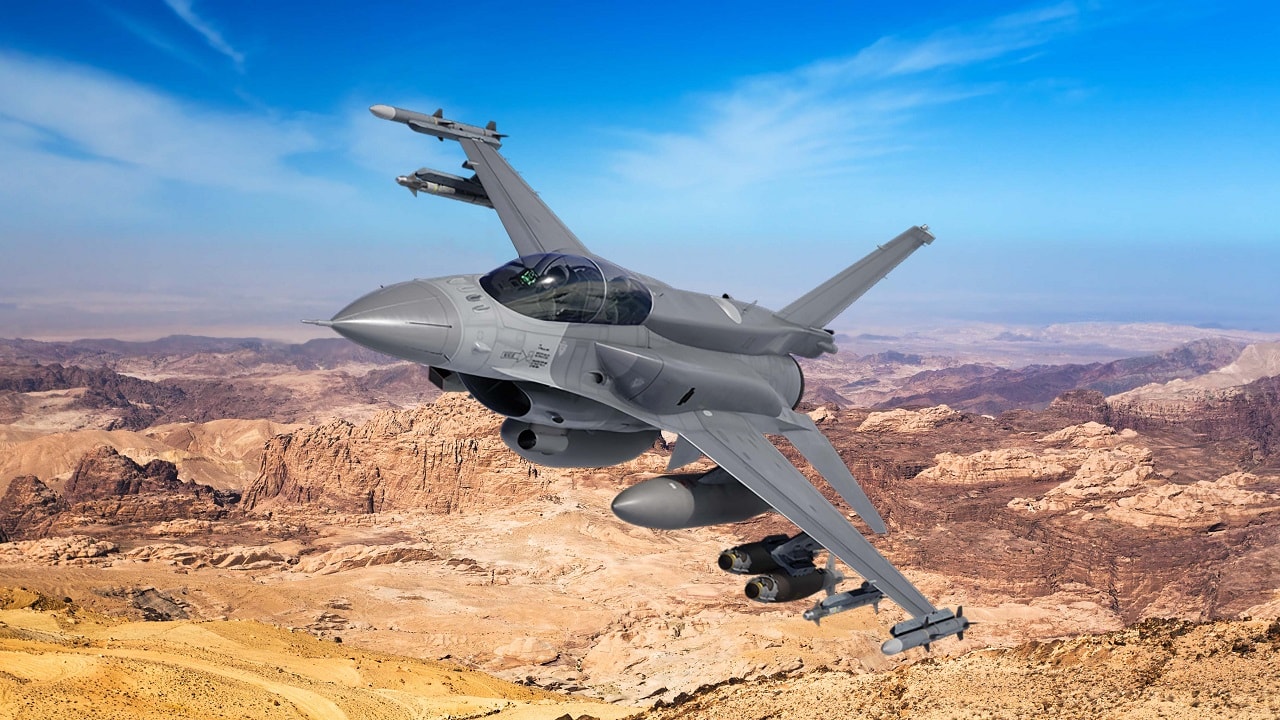After months of resisting the call to provide fourth-generation fighter jets to Ukraine, the Biden Administration has unveiled a plan for Western allies to transfer F-16s to the Ukrainian Air Force. Once Ukrainian pilots are trained by the U.S. Air Force — a process optimistically slated to take about four months, according to defense experts — the Netherlands will reportedly be the initial supplier of the fighters.
This continues a sequence of cases wherein the West refuses to provide costly, paradigm-altering tools and capabilities to Ukrainian forces, then abruptly changes its mind without a clear strategic impetus to justify the reversal. At first glance, it would seem the U.S. and partner nations are making decisions with information not available to the public. This is a reasonable deduction, but one that is undermining the Biden presidency’s efficacy as it continues to support Ukraine’s defense against Russian aggression. There is no apparently coherent strategy from Washington or NATO on how to enable Ukraine to end this conflict.
Sending F-16s to Ukraine now gives rise to two questions with no easy answers: What to do in the time before these fighters enter Kyiv’s inventory, and what comes next in this conflict?
F-16 to Ukraine: Now What?
The decision to supply F-16s has clearly had no impact on Ukraine’s much-anticipated counteroffensive. This has been delayed on account of weather, training, and a “lack of Western-supplied weapons to prevent too many Ukrainian casualties,” according to Ukrainian President Volodymyr Zelensky. Ukraine is in possession of more than $50 billion in military aid deemed necessary to achieve tactical success: long-range artillery, main battle tanks, and advanced missiles are among the most valued assets. In each case, those tools were considered off the table, until they were not.
The notoriously muddy spring in Ukraine is the main culprit in delaying a counteroffensive, but continuing to delay favors Russia, which has spared no expense in hardening territory it still controls in places like Bakhmut, Sevastopol, and Kherson.
The threat posed to Moscow by the potential provision of advanced fighter jets to Ukraine was useful. The arrival of F-16s would create a sudden and decisive shift to Ukraine’s advantage at a time when contested lines are calcifying under brutal bombardments. The decision has now been made, but with no specific timeline for the aircrafts’ arrival. It will take significant time to select, transfer, and train Ukrainian pilots on an American system. The process will be complicated by the recipients having spent their entire flying careers training on Soviet-style avionics and flight doctrine.
There is value in keeping the adversary guessing about what one’s purpose is. Strategy can always adapt and evolve based on changing battlefield circumstances and objectives. However, commitment to a clear purpose is necessary. Sending the fighters to Ukraine after more than a year of refusal speaks to a lack of clear purpose on the part of the West in supporting Ukraine’s valiant defense of its sovereign territory.
Allocating F-16s now makes no difference for Ukraine this week, next month, or even in this calendar year. But it does give Russia a clear understanding of its prospects for the rest of 2023: Throw everything at the fight before the paradigm shifts permanently in Ukraine’s favor. There is a point when the proxy nature of this conflict will force an unfavorable outcome. The shifting positions of the West are slowly framing the corner Moscow is backing into, an approach that exhibits strategic narcissism, ignoring the capacity of other actors to influence the scenario.
What Next?
What is the next Putin red line Western nations will cross? Fighter jets were supposed to constitute that very line.
Some ideas are utterly reckless and foolhardy. Others, while less foolish, still carry the risk of greatly expanding this war. Will Western forces begin to cross Ukrainian borders, holding far back from the front lines? Distance from the eastern front is no guarantor of safety in such a case, as Russian attacks continue on Kyiv while mysterious strikes simultaneously damage Moscow. If NATO forces are next, the road to escalation becomes far more direct.
More concrete right now is the risk that this war becomes wholly Americanized by putting American-made warplanes in the skies over the front lines. The best press briefings and public transparency efforts in the West won’t limit Russian disinformation cohorts when F-16s are seen slinging advanced weapons into Russia breastworks along the front — or worse, Ukrainian-piloted American aircraft bombing targets in Russia. The hesitation to send modern fighter jets — especially American aircraft — was rooted in this fear.
At no point should the resolve and commitment of Western democracies to Ukraine’s self-defense and self-determination wane or waver. This analysis is not arguing as much. Ensuring Kyiv’s survival and its independence from Moscow is well within the strategic ambitions of the rules-based order. That order seeks to deter aggression from autocratic powers, solidify NATO and other democratic international institutions, and ensure collective security to all peaceful states.
But this abrupt and seemingly hollow reversal of policy fails to achieve immediate tactical success. The reason for the sudden decision remains obscured by unclear objectives and the lack of explicit strategic goals. Until those goals are established, and the ways and means of achieving them are defined and understood, this gesture is a hollow policy that doesn’t further Ukraine’s defense and is likely to fundamentally impact Moscow’s erratic and volatile calculus.
Ethan Brown is a Senior Fellow at the Mike Rogers Center for Intelligence and Global Affairs at the Center for the Study of the Presidency and Congress. He is an eleven-year veteran of the US Air Force as a special operations joint terminal attack controller with six deployments to multiple combat zones. He can be followed on Twitter: @LibertyStoic.
From 19FortyFive
Ukraine Footage Shows U.S. M982 ‘Excalibur’ Cut Through Russian Artillery
How To Sink A $3 Billion Dollar Submarine: Leave A Hatch Open
Smashed To Pieces: Video Shows Ukraine Hitting Russian Air Defenses

